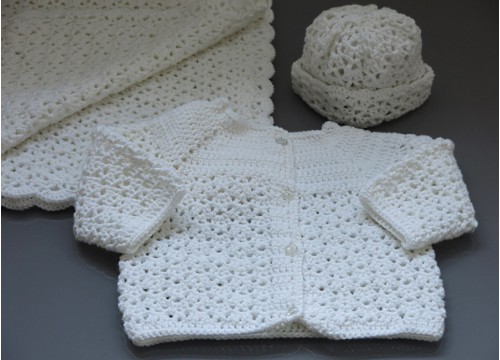
| You have no items in your shopping cart |
Transportation cost: Poland: 14 - 16 zł, Worldwide: from 22 zł

| You have no items in your shopping cart |
A kitchen set consists of a hand-embroidered by a master of Polish handicraft teapot lining and a serviette.
The Kashubian embroidery is the pearl of The Northern Region. The teapot lining is flower-patterned with motifs typical of the Kashubian embroidery.The main embroidery pattern is repeated on the serviette.
The leading motif is a red flower with 6 petals – its centre is filled with a delicate net-pattern.
A very neat finish line on the set is worth special attention. The teapot lining as well as the serviette are fringed with a delicate lace. The teapot lining is lined with a thicker and quilted fabric.
The set was embroidered in accordance with the Wdzydze Village School tradition. It is the most colourful variety of the Kashubian embroidery, using 7 colours (three shades of blue, green yellow, red and black). This type of embroidery is extremely labour-intensive. The teapot lining and the serviette are so beautifully adorned that they can become remarkable decoration of the kitchen and a ceremony of a tea serving can gain exceptionality and elegance. The set can be combined with an apron and gloves using the same embroidery pattern. The set is washable.
Kashubian embroidery is inspired by the beauty of nature. Flower motives are the most characteristic: pansies, cornflower, blue-bells, carnations, lillies, forget-me-nots and roses. They are presented with unusual precision and attention to detail. In Kashubian embroidery every colour has its symbolic meaning. There are seven basic colours connected with the legend of the creation of Kashubia. The colours symbolize the elements of nature, that God used to make Kashubian land beautiful while creating it.
Read the legend: http://www.imichalak.pl/legendy/galeria2_a.html
There are various schools of Kashubian embroidery using different characteristic motives and colour schemes. The oldest is Zukow school of Kashubian embroidery. The name comes from the Norbertinian convent in Zukow, where the style was developed. The popular motives include tulip, clover, rosette and heart (filled with a checkered pattern); seven characteristic kashubian colours are used. The most atypical embroidery schools are Tuchola and Borowiec ones: instead of using the seven traditional colours, they use the shades of gold and amber (Tuchola) and gold and brown (Borowiec). Wejherowo embroidery may be recognized by the dominance of red and yellow and characteristic motives of dahlia, chryzanthemum, lilac leaves and cowberry.
The nuns from Zarnowiec in their school of embroidery, so called Puck school, use several shades of blue. They introduced into Kashubian embroidery styled elements of sea holly, nets and waves. Coif (headpiece) embroidery is an interesting variety, that used to be done with gold and silver threads on velvet. It decorated coifs, that is where it name comes from, but also waistcoats. Today it decorates doilies and tablecloths and it is made with white or yellow thread.

Needlework has been Mrs. Anna’s passion since her childhood. She has been gradually developing her embroidery skills under her grandmother’s eye, who was very competent in this craft. Mrs Anna was awarded a distinction for her works at the nationwide Artistic Craft Exhibition in 1986. She is a qualified economist and was working in her profession until 2003. When she retired she was able to devote herself fully to her passion. Ad she says herself ‘a say without a needle is a lost one’. Mrs Anna is a member of Folk Artist Association. She attends artistic open-air events, exhibitions, and folk fairs on a regular basis. She works with children and teenagers, as well as regional art teachers. Her works are exhibited in The Ethnographic Museum (an affiliate of The National Museum) in Gdańsk Oliwa.
No customer reviews for the moment.















